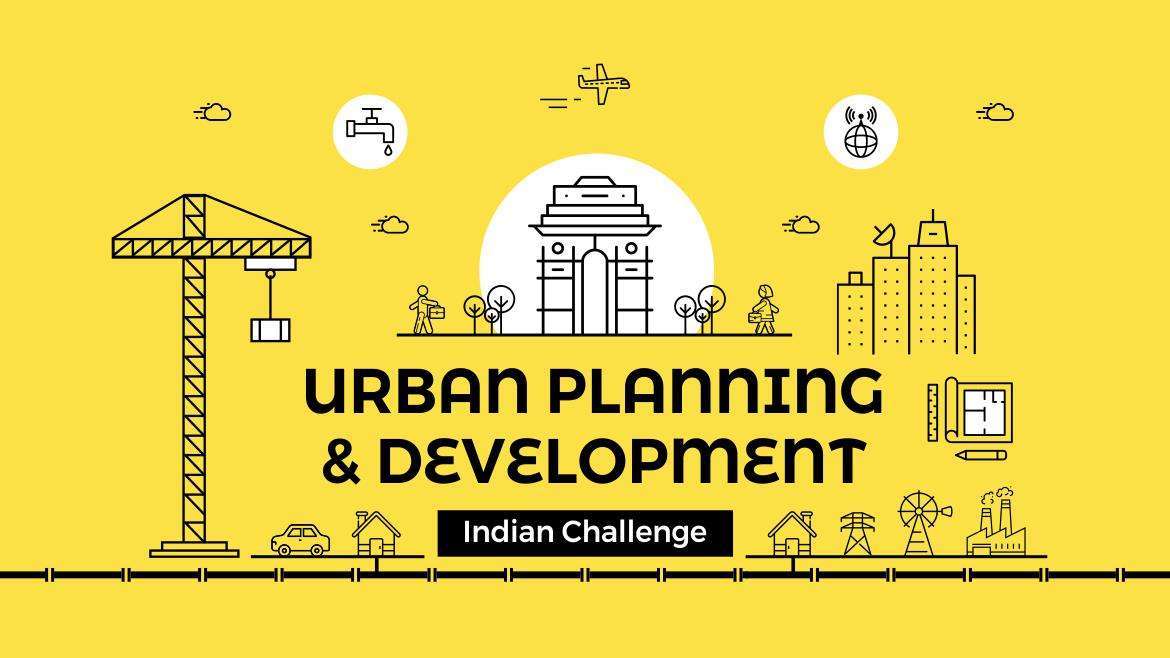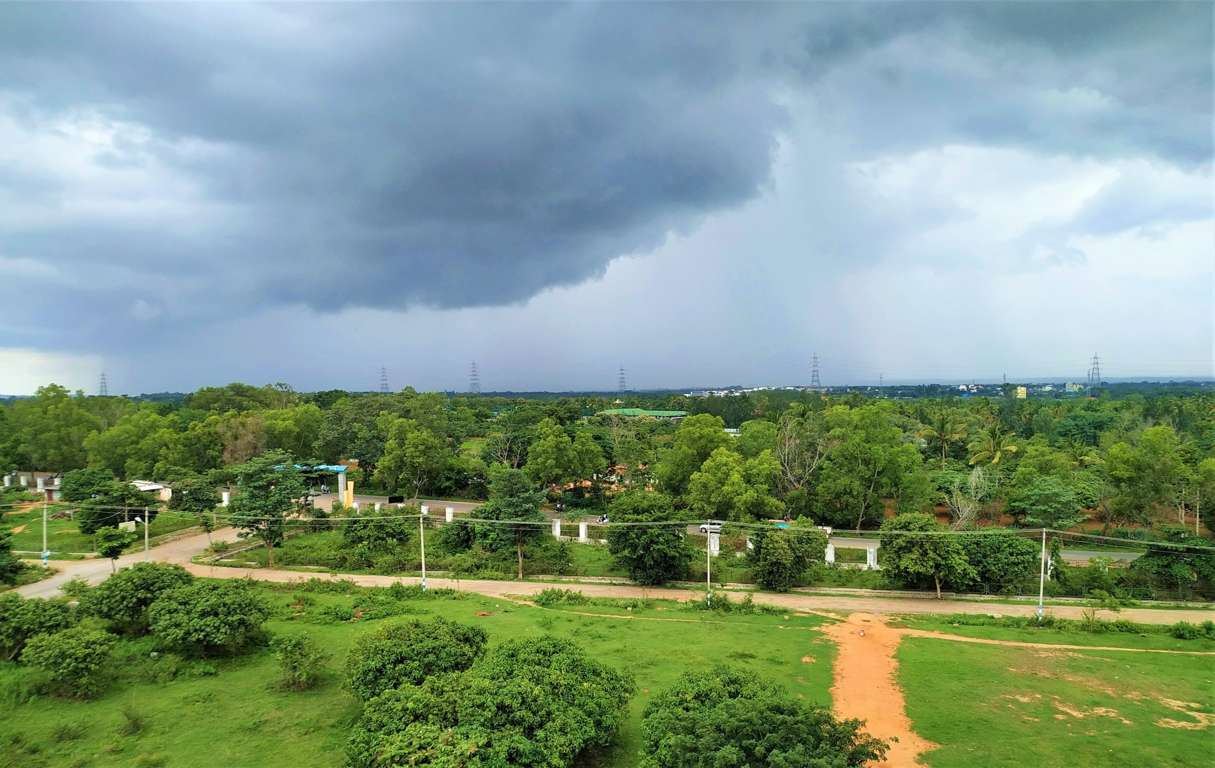Urban Rehabilitation through Heritage Trails (Walks)
Urban
Rehabilitation through Heritage Trails (Walks)
Yash
Shah1
1 PG Student, Dept.
of Town and Country Planning, Sarvajanik College of Eng. And Technology, Surat,
India
1.
Introduction
Heritage is a
significant social, cultural, and economic resource for a city that needs to be
recognized and incorporated Heritage specific guidelines and controls, heritage
regulations for historic urban areas in the process of development for
sustainability. Heritage resources need to be considered as assets rather than
as liabilities as they represent the history of communities embodying their
tradition, heritage and subculture through architecture and the urban city
form. Despite a few efforts from the
local government, urban cultural heritage is being neglected and historic
monuments keep being changed by ordinary concrete buildings at a worryingly
rapid pace. On the other hand, rapid increase in the socio-economic conditions
has also changed the people’s aspirations and expectations of their common
future. The local community and people have also shown their concerns about
heritage conservation and its loss over time. This creates a “Win-Win”
situation between heritage conservation activity and urban regeneration
activity. Urban Rehabilitation was not only affecting the city fabric but also
destroying the vernacular-built environment, cultural values, and collective
memory of habitats. Therefore, urban planners and policymakers thought about
some practical way to solve this crucial problem.
2.
How E-Governance Helps in Heritage Walk Management
These powerful,
tangible connections to our past are how people today come in touch with the
past. Heritage buildings are also increasingly accepted as important venues
linking a new generation with an older one, and thus as places to be used for
education and citizenship. It is extensively believed that information and
communication technology (ICT) enables organizations to reduce costs and
enlarge capabilities. Technology in the system of the government and for the
betterment of society. It provides solutions for e-Governance implementation
and its issues. E-Governance is an important part of ICT. With the advancement
in Information and Communication Technology (ICT) lot of new opportunities are
now available even for rural markets. Local people can integrate various
stakeholders to improve their livelihood meaningfully by digitally holistically
marketing their region.
3.
Innovative Planning Solution
The existing
programs are not adequate and are to be conducted rigorously rather a piecemeal
approach, it needs to be given more professional touch to bring more systematic
awareness involving various professionals, agencies, and stakeholders in the
field.
A.
Enhancing
Brand Value of the City: -
Due to heritage
walks, many domestic and foreign tourists started getting exposed to the rich
heritage of the city. Many participants, business delegates, and other official
guests and visitors started taking heritage walks and appreciating the heritage
and culture of the city.
B.
Showcases
Culture of the City: -
The walks include
temples and mosques and other religious places. They include the lifestyle of
the people, the city’s culture, festivals, and traditions.
C.
Pride
for Local Communities and Migrants Residing in the City: -
With domestic and
foreign visitors visiting the old city and neighbourhood for the local cultural
immersion, local communities take pride in their lifestyle, culture, rituals,
and heritage.
D.
Organizing
Heritage Walk: -
A Heritage walk is
organized in which the auto-rickshaw drivers were trained and supported with
maps and photographs.
E.
Street
Plays: -
Street plays with
participants of the local community and eminent personalities from the area to
be organized by involving institutions on a common platform to understand the
issues related to tangible heritage in the city.
F.
Children’s
Books: -
Books depicting
the history of city and important events like a brief history of city monuments
should be published in simple language for understanding and creating interest
among the children.
G.
Heritage
Products: -
Products
exhibition cum sale to be organized in the core heritage zone and this will
benefit both tourists and locals and also the revenue generates from this can
be utilized for the heritage development.
H.
Museum
cum Information Centre: -
At present
tourists who are visiting the city are finding difficulties in getting
first-hand information on various aspects of the heritage city.
I.
Light
and Sound Shows: -
This will spread
the message of the history of the City very fast to all concerned tourists of
different destinations and attract more tourists to the city.
J.
Heritage
City Newspaper: -
This will spread
the message of heritage awareness to more people in a short period of time.
4.
Conclusion
The data helps
identify visitors' needs, interests, and deficiencies at a Heritage site. From
the data, we found that mostly there is a lack of information and less use of
Web-based application, which is a barrier to urban rehabilitation. City
branding initiatives bring heritage properties to the limelight. One of the
most prominent tourism products that are getting popular worldwide is the
Heritage Walk. Heritage walks are creating a positive impact on tourism,
enhancing the brand value of the city, respect for diversity, projection of the
city's culture. A unique way of experiencing the heritage of any area is to
walk through the route with the help of a good interpreter. It is extensively
believed that information and communication technology (ICT) enable
organizations to reduce costs and enlarge capabilities. It can also help to
increase the socioeconomic development of areas and local employment
generation.
Related Articles

CONCEPT OF 3-30-300 RULES IN URBAN AREAS

PLANNING IN INDIA

JOURNALISM IN PLANNING

Social Aspects of Town Planning in the wake of COVID-19




